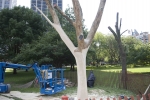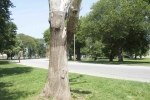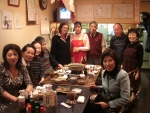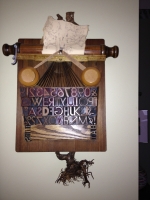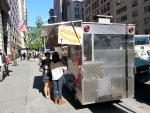Primary tabs
Smart and easy tip everyone could use to lower the risk of produce contamination by dangerous bacteria in the kitchen
Most of us buy products such as juice, milk and yogurts. Often, these products are packaged in durable paper base cartons, such as the ones in the photos. Many of us who are not vegetarian or vegan reuse the same cutting board for meats, cheeses, breads, veggies and fruits. This unsafe application maximizes the chances of some bacteria from meats or vegetables surviving the wash and multiplying, which poses a health threat upon next use of the cutting board. (Especially if it's wooden with crevices in the texture). The number of sickness causing bacteria that could remain on the cutting board surface even after wash from meats, cheeses and vegetables is very great - with outcomes ranging from mild stomach aches to fatality.
Especially dangerous and numerous are bacteria that often reside in raw meats. Therefore ideally meats would either have single use cutting boards or a dedicated board. However even with a cutting board set aside just for meats, there's a chance that it would contaminate other dishes or surfaces in the cooking area. The problem with using a new cutting board for each meat preparation is impractical and eco un-friendly, however recycling the liquid carton containers as cutting boards is an easy and responsible solution to this problem.
Also, in addition to using this trick it's advised to have a dedicated plastic cutting board for fruit and vegetable, separate board for cheese as well as a wooden board for bread.






